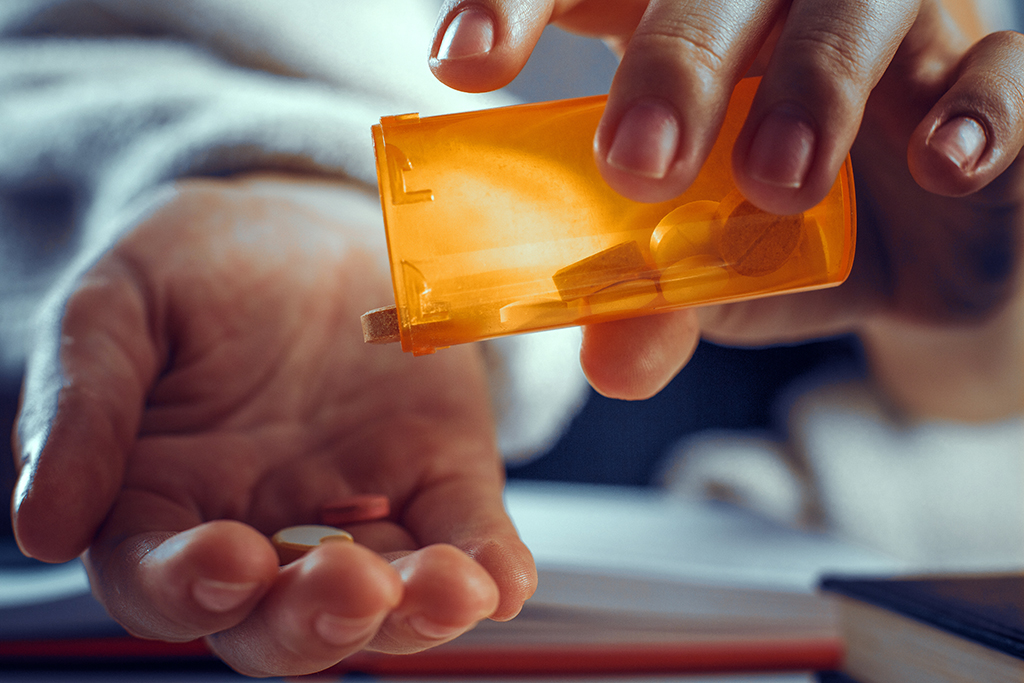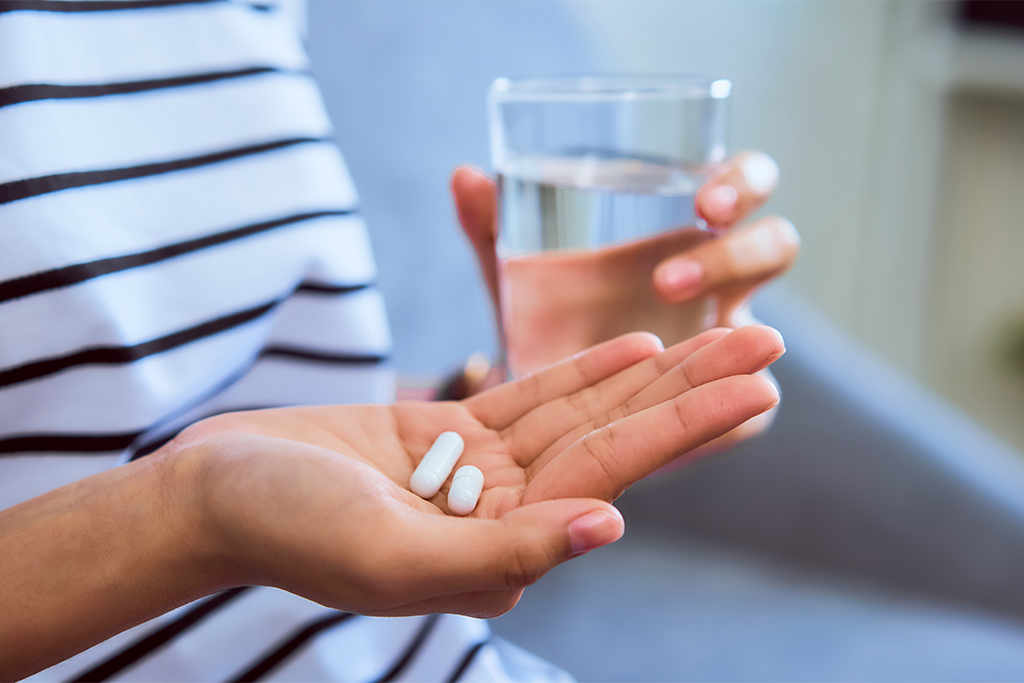Reviewed By:
If you or a loved one struggles with addiction, you might have wondered what it takes to recover. How long is the process? What is treatment like? Recovery is daunting when you don’t know what to expect. But as you begin, it is important to understand what it means to “get clean” from drugs.
Table Of Contents
Sobriety might seem like a destination, but for true recovery, it’s a lifelong journey. For many people, this journey includes treatment, counseling, and ongoing support through 12-Step meetings, SMART Recovery, or a strong personal network. Knowing the timeline of withdrawal, treatment and long-term recovery can help, especially in the early stages. If you have ever wondered how long it takes to get clean from drugs, here’s what you can expect with four commonly abused substances.
Alcohol
Withdrawal timeline: Peak at 72 hours; symptoms typically fade in 4-5 days
Treatment program length: 30 to 90 days
Recovery: Lifelong process
Given the health risks associated with alcohol withdrawal symptoms, treatment often begins at an inpatient program. Here, you’ll have 24-hour support from medical professionals. Alcohol withdrawal symptoms typically peak at 72 hours after a person’s last drink and may include anxiety, shakiness, headache, nausea and vomiting.
The alcohol withdrawal timeline, however, is fairly short. After the first week, these symptoms typically will have subsided. However, cravings for alcohol may continue. Treatment will help you learn to manage cravings and cope with other triggers without turning to alcohol. After completing a formal 30, 60 or 90-day treatment program, ongoing counseling can help you further develop these coping skills.
A strong support system is also important. Because alcohol is widely available at most social events, having friends and family who support your sobriety can mean the difference between sustainable recovery and an ongoing struggle. Surround yourself with people who want to make sober socializing easier, not harder.
Opioids
Withdrawal timeline: Depending on opioid type, symptoms can begin within hours and peak in the first few days; symptoms typically fade in 10 days.
Detox program length: 10-15 days, followed by up to 12 months of medically assisted treatment
Recovery: Lifelong process
Opioid addiction affects more than 2 million Americans every year, and the number continues to rise. Unfortunately, government data shows that up to 80% of people who suffer from opioid use disorder (OUD) do not get treatment.
As with alcohol, the withdrawal symptoms of opioids can be quite severe. Moreover, detox from opioid withdrawal is typically medically assisted. It is therefore extremely important for detox to be at a treatment center with experienced medical staff. Common opioid withdrawal symptoms include:
- Fever and sweating
- Increased heart rate and hypertension
- Anxiety
- Muscle aches
- Depression
- Flu-like symptoms
- Nausea, diarrhea, and vomiting
These symptoms can appear within hours of stopping use and peak within a few days. For most people, symptoms subside in 5 to 10 days.
Because opioids are highly addictive, recovery can take time. However, the road doesn’t have to be lonely. A supportive treatment program and post-treatment counseling can promote long-term, sustainable recovery.
The current evidence-based standard of care for opioid use disorder is medically assisted treatment (MAT). This approach combines medication, such as methadone, buprenorphine (Suboxone), or naltrexone, with behavioral counseling. Because treatment is most effective when personalized to the client, the length of time in treatment varies. Some people need MAT treatment for months; others may need longer.
They typical treatment timeline for opioids might look something like this:
- An inpatient detox program for 10-15 days
- Medically assisted treatment with ongoing behavioral therapy at a sober living facility for about 12 months
- Ongoing support through Narcotics Anonymous or SMART Recovery, coupled with a strong support system
Cocaine
Withdrawal timeline: Onset within hours; typically fades within days
Detox program length: 5 days, followed by several months of aftercare
Recovery: Lifelong process
Stimulants, such as cocaine, stay in your system for 24 hours or less. The withdrawal period for cocaine is also short but can be intense. Initial symptoms set in within the first 24 hours. People with cocaine withdrawal may experience:
- General fatigue
- Intense mood changes
- Trouble sleeping
- Heavily increased appetite
Within the first three to five days, cocaine withdrawal may also lead to psychosis. Poor concentration, mood swings, depression, and increased drug cravings will continue through the first week. The most persistent symptom — cravings — can last for months after discontinuing use. Because of this, getting clean from drugs like cocaine can feel particularly frustrating without treatment.
Unlike opioids, there are no FDA-approved medications to help with cocaine withdrawal. Inpatient and outpatient treatment programs combined with aftercare services like sober living facilities are the best approach to ensuring sustained sobriety. Long-term recovery requires ongoing support through counseling, 12-step programs, SMART Recovery or other support groups.
Marijuana
Withdrawal timeline: Peak in the first week; can last for 2 weeks
Detox program length: 10-15 days
Recovery: Lifelong process
Although an increasing number of states states have legalized or decriminalized marijuana, it can be easy to forget that for many people, it’s an addictive substance. Although some people can use marijuana without the substance interfering with their daily lives, the DEA estimates that 30% of people who use the drug have some form of marijuana use disorder. These users will experience withdrawal symptoms and a feeling of dependence on the drug.
Withdrawal symptoms may include:
- Loss of appetite
- Irritability
- Loss of sleep and restlessness
- Stomach pain
- Increased marijuana cravings
Mood swings and physical discomfort will usually subside within two weeks after you stop using marijuana. Because marijuana impairs your brain, it takes about four weeks to completely regain all brain functions. Craving for the substance can continue for years, especially in an environment where it is being used.
Recovery from marijuana dependence often begins with an outpatient treatment program, followed by cognitive behavioral therapy, although some people prefer the dedicated environment of inpatient treatment.
The Importance of Aftercare
No matter your substance abuse history, aftercare is perhaps the most important part of recovery. In most cases, getting clean from drugs is the first step toward a healthy life, but it is not the last. To remain successfully clean and sober, most people need more care and support. Aftercare provides that support with additional counseling, positive reinforcement, and a healthy living environment. Types of aftercare might include:
- Sober living homes
- Support groups
- Therapy or counseling
- Group counseling
- Outpatient treatment
Each of these can help people readjust after getting clean and monitor their mental wellbeing. Group therapy and support groups can also help with an additional source of accountability.
How Co-Occurring Disorders Impact Recovery
One factor that may affect your recovery is the existence of a co-occurring health issue, such as anxiety, PTSD or chronic pain. Without treating these issues, managing stress and negative thought patterns can be more difficult, increasing the temptation to self-medicate with drugs or alcohol.
Individuals who suffer from chronic pain, for instance, may become addicted to prescription opioids. Recovering from the addiction does not resolve their pain. Without addressing pre-existing issues with a physician, it can be difficult to remain in recovery. Understanding that co-occurring disorders can lengthen your timeline can help you know what to expect, and remain encouraged throughout the process.
When it comes down to it, “getting clean” is about understanding that recovery is a lifelong journey, taken one day at a time. By learning what to expect, and getting help from trusted doctors, support groups, and treatment programs, it is possible to reclaim your life on your own timeline.
Have questions about addiction?Chat with one of our recovery specialists now.


